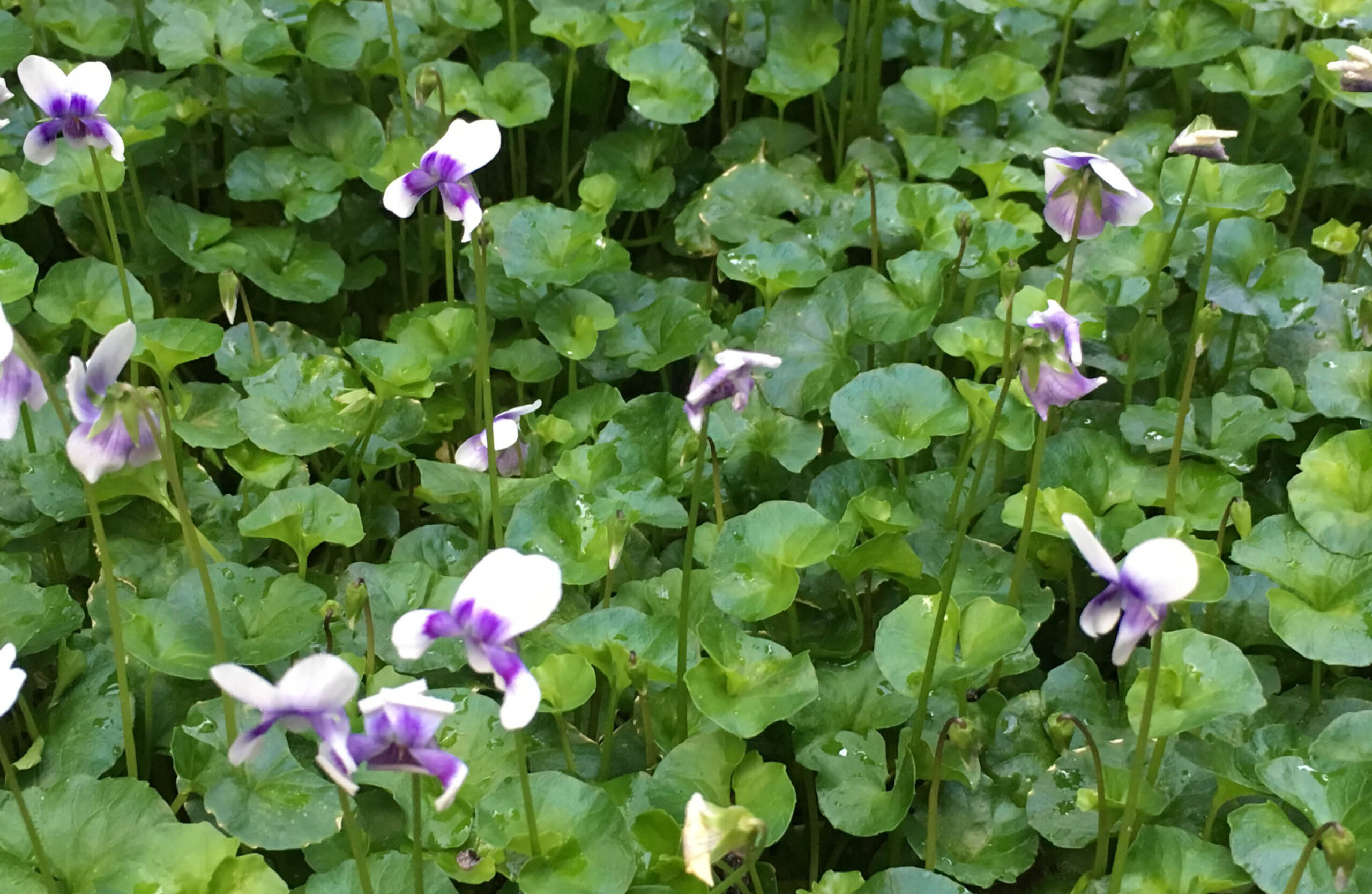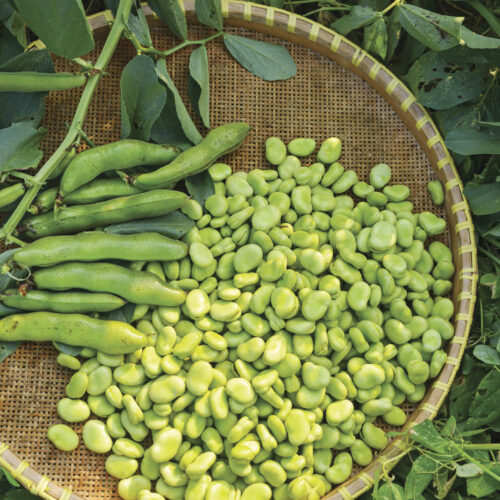Growing and Using Native Violets (Viola hederacea)
2019-11-12T03:11:44+11:00
Karen Sutherland introduces native violets - great for your garden and in spring salads.
Introduction to native violets
Native violets, Viola hederacea, are evergreen perennial ground covers that grow to around 10cm high and spread fairly slowly. They can be an attractive alternative to traditional lawns, as they tolerate some light foot traffic and add a unique charm to your garden.
How to grow native violets
Planting instructions:
- Spacing: Plant tube stock plants about 20cm apart.
- Soil preparation: Loosen the soil to a depth of at least 15cm, similar to preparing for a lawn.
- Instant lawn option: Some suppliers offer native violets as a plant carpet for an instant lawn effect.
Light requirements:
- Native violets grow well in shaded areas but may not flower prolifically without some sunlight. For more blooms, ensure your plants get morning sun but avoid hot afternoon sun to prevent wilting.
Selecting plants:
- Plants from local indigenous nurseries might have smaller, less showy flowers compared to retail nursery plants, which may be Viola banksii, though often labelled as V. hederacea.
- Native violets are widely available and can be seen in the wild in Victoria, Tasmania, and parts of NSW and South Australia.
- Consider asking for the ‘Baby Blue’ cultivar, known for its attractive sky-blue flowers, at your local nursery.
Using native violets in the kitchen
Native violets have a delicate taste and can be used in both sweet and savoury dishes. Here are some ideas:
- Edible flowers: Use the flowers to garnish small cakes, friands, or add them to spring salads.
- Edible leaves: The small green leaves are also edible and can be mixed into salads.
- Seasonality: Flowers are most prolific from spring to autumn, making native violets a useful addition to your garden if you enjoy using edible flowers.
Karen Sutherland of Edible Eden Design is a regular contributor to OG, specialising in permaculture and native plants.






